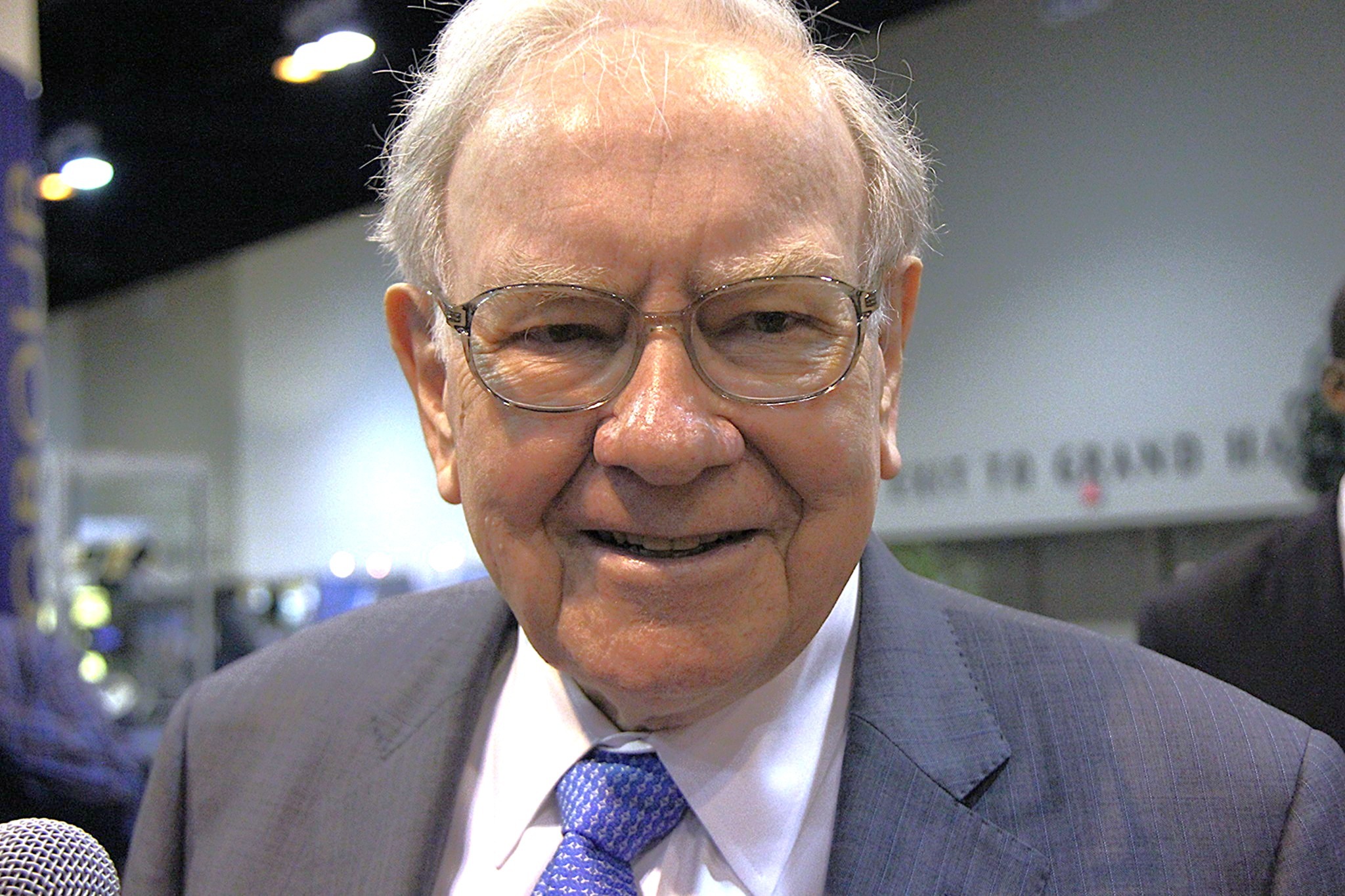The secret to building a $3 million portfolio, even starting with as little as $500, is actually a lot easier than it seems. You don't need to find the next big artificial intelligence (AI) stock, or even perfectly time the market. The simplest way to reach a multimillion-dollar portfolio is by using a disciplined dollar-cost averaging strategy and sticking with it through thick and thin. It's not flashy but it works, and it is best used with exchange-traded funds (ETFs).
Dollar-cost averaging is a simple but highly effective strategy and one of the best ways to build wealth over the long run. Instead of guessing when to buy, you invest a fixed amount at regular intervals, like $500 a month, no matter how the stock market is performing. Over the years, this smooths out your cost basis and helps protect you from big market swings. More importantly, it keeps you invested through both the good times and the bad.
If you start early, even small amounts can grow into big sums of money. A $500 monthly investment compounded at a 15% annual return can grow to nearly $3 million over 30 years and be worth approximately $11.5 million in 40 years. If you can invest $1,000 instead, you'd have more than $5.5 million at the end of 30 years and about $23 million at the end of 40 years.
The math is simple but powerful. Time is the biggest advantage individual investors have, and the earlier you begin, the easier it becomes to build lasting wealth. Meanwhile, trying to wait for the perfect entry point almost always costs investors more in missed gains than it saves them in avoiding pullbacks.
The best part is you don't need to pick individual stocks or try to outsmart Wall Street. That's what makes the Vanguard S&P 500 ETF (VOO +0.65%) such a great investment vehicle to pair with this approach.

Image source: Getty Images.
The Vanguard S&P 500 ETF
The Vanguard S&P 500 ETF mirrors the S&P 500 index, which consists of roughly 500 of the largest and most successful companies in the U.S. With an investment in the ETF you get an instant portfolio made up of top stocks like Nvidia, Apple, Microsoft, Amazon, and Alphabet.
The S&P 500 is a market-cap weighted index, which means the largest companies by market capitalization (share prices multiplied by shares outstanding) represent a larger percentage of the index. It is one of the biggest reasons why the S&P 500 delivered such strong long-term results over the long term. When a company grows in value, its weight in the index rises, which means the index automatically holds more of the best performers. Meanwhile, companies that underperform gradually become smaller parts of the index or fall out altogether.
A J.P. Morgan study found that between 1980 and 2020, more than 40% of stocks in the Russell 3000 fell at least 70% from their highs and never recovered, yet the overall market delivered strong returns because a handful of mega-winners drove most of the gains. That's what makes this ETF such an ideal foundation for long-term investors. It's not only diversified and low cost, but its structure mirrors the Darwinian nature of the market. The strongest companies thrive and take up a larger share of the fund over time, while weaker ones fade away.
Since its inception in 2010, the Vanguard S&P 500 produced an average annual return of 14.9%, while over the past decade, it generated a 15.3% return. So the 15% average annual return I used in my above example isn't some pie-in-the-sky return, it's what the S&P 500 has been returning on average over the past 10 to 15 years.
The key is to just start early and stay consistent and you'd have a $3 million portfolio in time.






